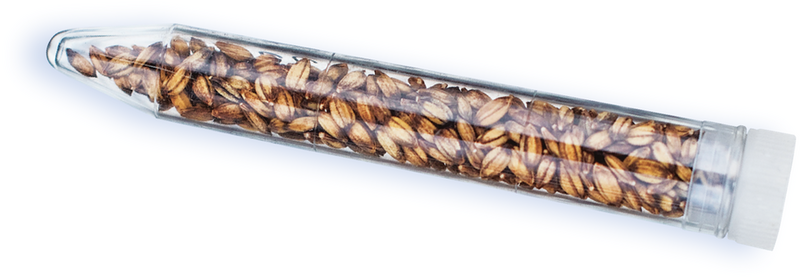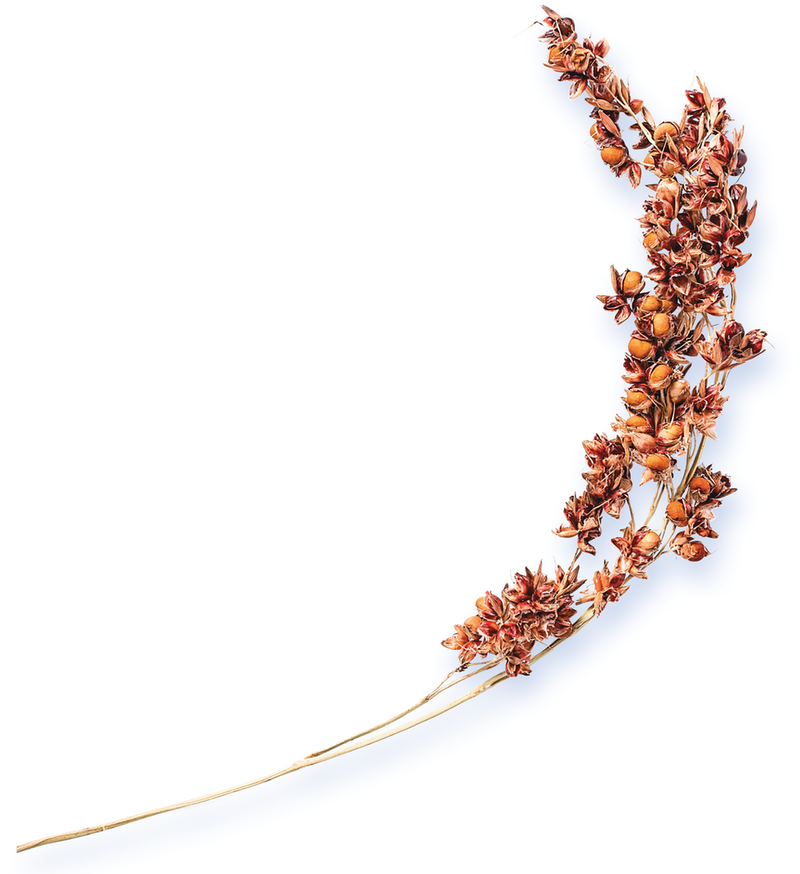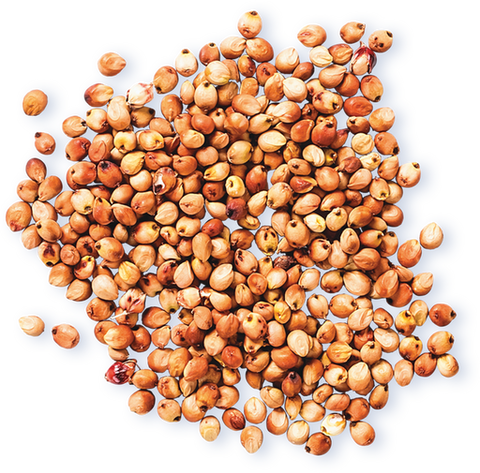Fromtheair,it’satinygroupofislandshalfwaybetweenNorwayandtheNorthPole.Svalbard.Itsnamemeans“coldcoasts”inIcelandic.It’stheperfectnameforalandofsnowand ice.
Fromthesideofamountain,asilverwalkwayleadstoadoor.Ahallwayleadstoanotherdoor.Thefloorslopesdownwardalongatunnel.Pipespushcoldairtowardthreeair‑lockeddoors.Themiddleoneisencrustedwith ice.
Behindtheicydoor,therearerowsandrowsofmarkedshelves.Eachholdsboxesofseeds.WelcometotheSvalbardGlobalSeed Vault.
Hallways,tunnels,anddoorsleadtoavaultfilledwith seeds.


Theseseedsarestoredinglass tubes.
ProtectingDiversity
TheSvalbardseedvaultwascreatedtoprotectandstoremanykindsofseedsofcropplants.Why?Toensurethefutureofglobal agriculture.
Asourworldchanges,weneedtobeprepared.Cropsmayfailduetopestsorclimatechange.That’swhenweneedtoreplacecertainkindsofseedswithnewones.Seedsthataretoughenoughtoputupwithpests.Oronesthatcanhandle flooding.


Unfortunately,thepoolofplantsisshrinking.TheUnitedStateshad500varietiesofcabbageand285typesofcucumberin1903.By1983,theU.S.hadonly28kindsofcabbageandjust16varietiesofcucumber.Thatenormouschangewasthesameforotherkindsofseeds, too.
SeedlossisnotlimitedtotheU.S.Chinahasseenasharpdeclineintypesofrice.Today,only30cropsprovideabout95percentofourfoodenergyneeds.Werelyonveryfewkindsoffoods.Yet,theworld’sfoodsuppliesarealwaysatrisk.So,storingseedsforthefutureisasmart idea.

LongLife
Seedsarekeptinthevaultunderspecificconditions.Someseedscanremainthatwayfor50to75years.Others,likethegrainsorghum,couldstillgrow20,000yearsfrom now!
Crop
Expectedlife(in years)
Barley
2,061
Chickpea
2,613
Lettuce
73
Maize (corn)
1,125
Onion
413
Pea
9,876
Rice
1,138
Wheat
1,693
sorghum

Map of Washington, D.C., 1860s
The White House
Peterson House
Ford's Theatre
United States Capitol
Smithsonian Institute
Washington Monument
POTOMAC RIVER
